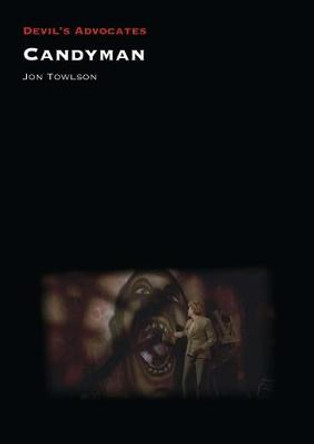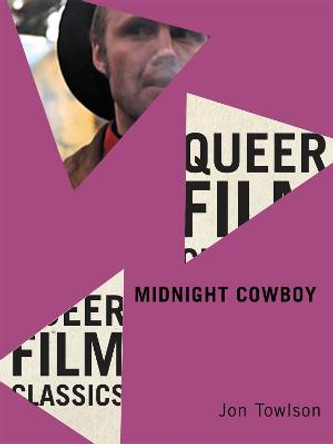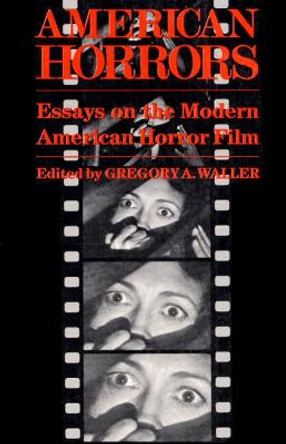Description
Critics have traditionally characterized classic horror by its use of shadow and suggestion. Yet the graphic nature of early 1930s films only came to light in the home video/DVD era. Along with gangster movies and "sex pictures," horror films drew audiences during the Great Depression with sensational content.
Exploiting a loophole in the Hays Code, which made no provision for on-screen "gruesomeness," studios produced remarkably explicit films that were recut when the Code was more rigidly enforced from 1934.
This led to a modern misperception that classic horror was intended to be safe and reassuring to audiences.
The author examines the 1931 to 1936 "happy ending" horror in relation to industry practices and censorship. Early works like Murders in the Rue Morgue (1932) and The Raven (1935) may be more akin to The Texas Chain Saw Massacre (1974) and Hostel (2005) than many critics believe.
About the Author
Jon Towlson is a UK-based journalist and film critic. He has written for British Film Institute, Senses of Cinema, Digital Filmmaker Magazine, Starburst, Scream, The Dark Side, Starburst Magazine, Paracinema, Exquisite Terror, Irish Journal of Gothic and Horror Studies, Shadowland Magazine and Bright Lights Film Journal.
Reviews
"A 'must'.... Without question, this volume is a definite guide for anyone fascinated by horror films"-M.G. Paregian, Publisher; "the book on 'classic horror' to beat"-Video Watchdog; "Towlson's book is ridiculously informative, and yet still a well-paced, entertaining read. This is not only one of the best horror history books I've read this year, but stands as one of the best on the golden age ever written"-Killer Reviews.
Awards
Nominated for Bram Stoker Award, Horror Writers Association 2017 (United States).
Book Information
ISBN 9780786494743
Author Jon Towlson
Format Paperback
Page Count 240
Imprint McFarland & Co Inc
Publisher McFarland & Co Inc
Weight(grams) 431g
Dimensions(mm) 254mm * 178mm * 12mm









